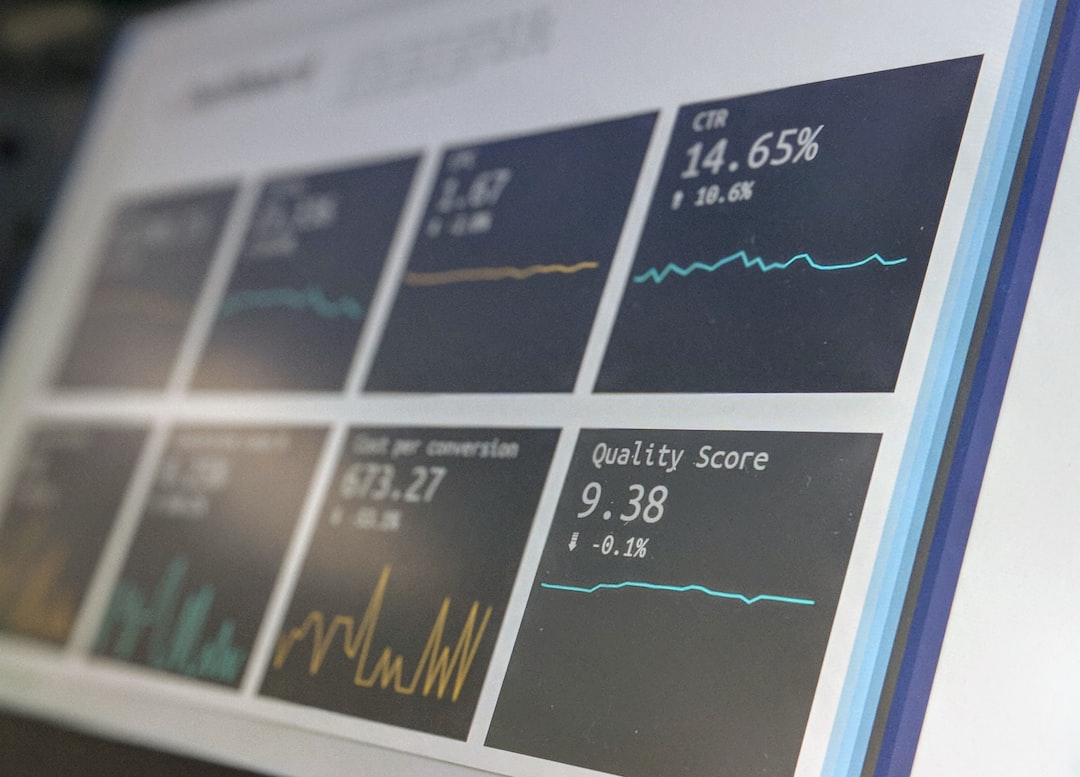Marks and Spencer (M&S), the renowned UK retailer, recently revealed that its cybersecurity was compromised through a breach that originated with a third-party contractor. This incident highlights a growing concern within the corporate world: the weakest link in a company’s cybersecurity chain often lies outside its direct control. In today’s interconnected digital ecosystem, organizations rely heavily on external partners, making them vulnerable to breaches stemming from less secure entities in the supply chain.
The breach at M&S underscores a critical challenge for businesses globally — securing digital interactions and integrations with third-party vendors. According to digital security experts, partnerships with external contractors are commonplace and essential for many operational processes, from logistics to IT services. However, with these collaborations come significant cybersecurity risks.
The impact of third-party breaches can be severe, affecting not only the immediate business but also its customers and partners. M&S, known for its commitment to quality and service, faces not only potential data loss but also reputational damage, financial penalties, and operational disruptions. This situation serves as an alarming reminder of the inadequacy of traditional approaches to cybersecurity in the modern business environment.
The incident compels M&S and similarly structured organizations to reassess their cybersecurity strategies, particularly in relation to third-party risk management. Traditionally, firms have focused on fortifying their own digital infrastructures. However, with threats increasingly originating from third-party sources, it is imperative to extend the same vigilance to external partnerships.
Outsourcing and vendor management practices need urgent reconsideration, with more stringent vetting and continuous monitoring of partners’ cybersecurity measures. Organizations should demand transparent security practices, regular audits, and compliance certifications from their partners. Additionally, cybersecurity training and awareness initiatives should extend beyond the organization to include contractors and external collaborators.
Given the complexity of digital supply chains, companies must invest in comprehensive risk assessment frameworks that integrate third-party considerations. Implementing technologies such as zero-trust architectures and advanced threat detection systems can help mitigate these risks. Furthermore, developing robust incident response plans that include third-party scenarios is crucial for minimizing the impact of potential breaches.
As the world becomes increasingly digital, the frequency and sophistication of cyber threats are expected to grow. Therefore, creating a cybersecurity culture that recognizes third-party risk as a critical component is essential. This approach not only protects individual businesses like M&S but also strengthens the resilience of entire supply chains, fostering a more secure and trustworthy digital marketplace.
Ultimately, the breach at M&S serves as a significant wake-up call for industries reliant on external partnerships. By prioritizing third-party cybersecurity, companies can safeguard their assets and maintain consumer confidence in an era where data security is a paramount concern.
Cyber Security
M&S















Leave a Reply